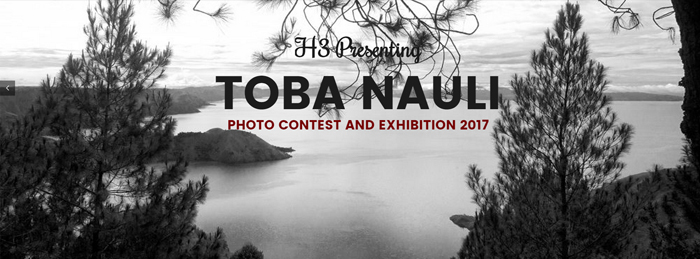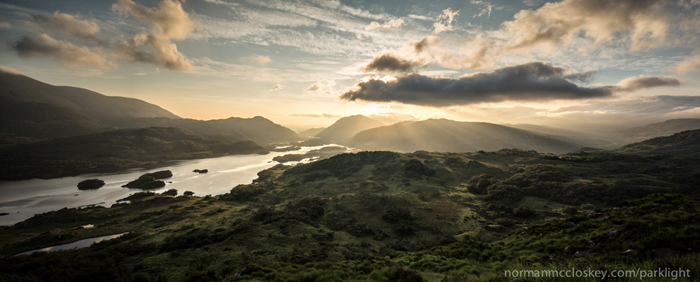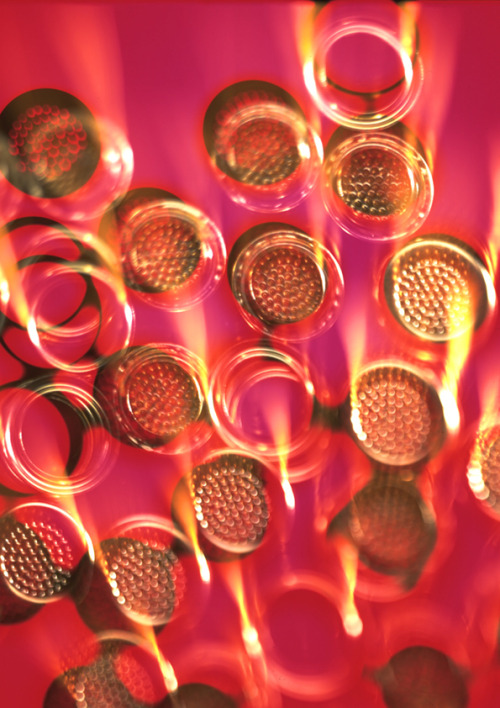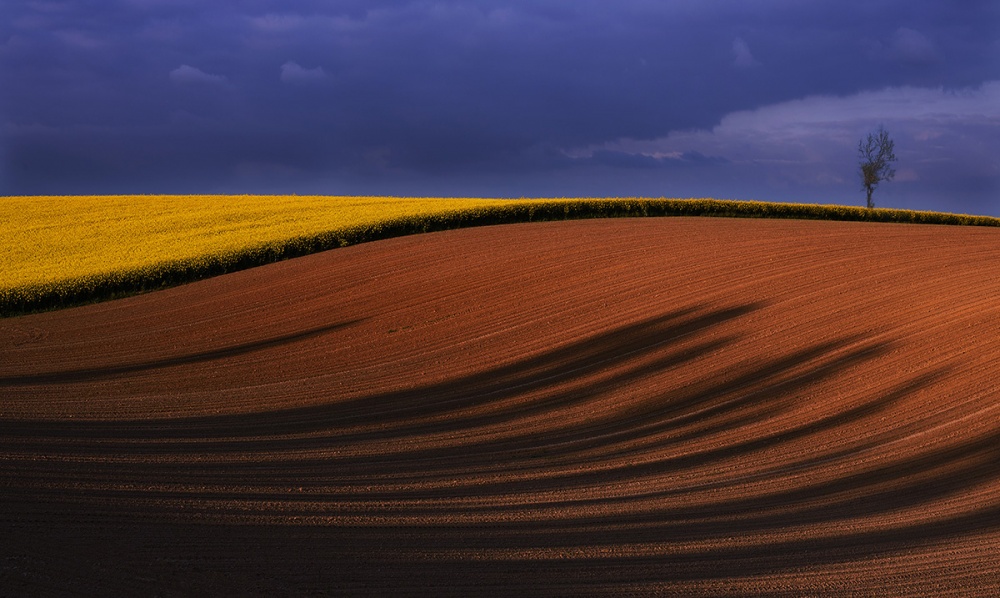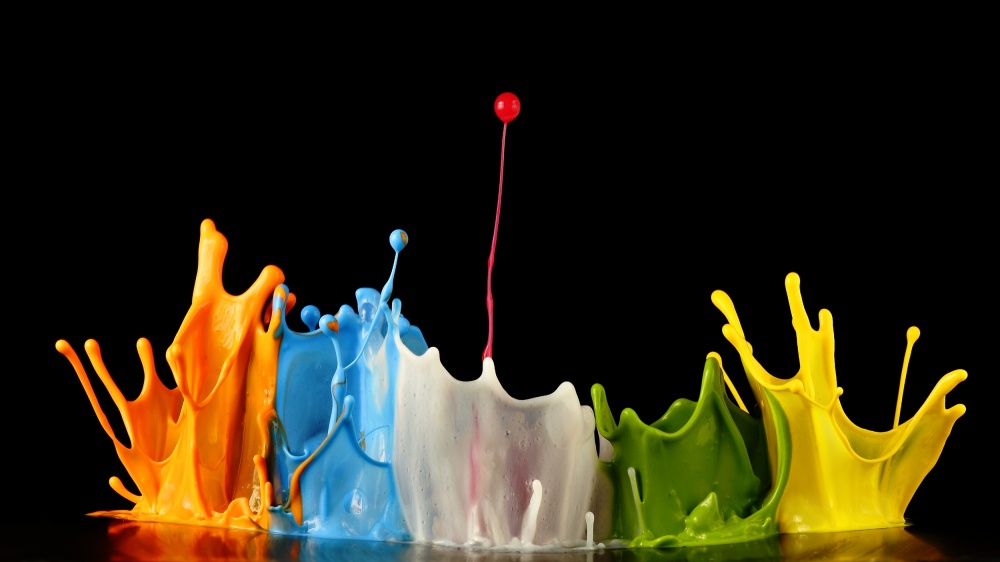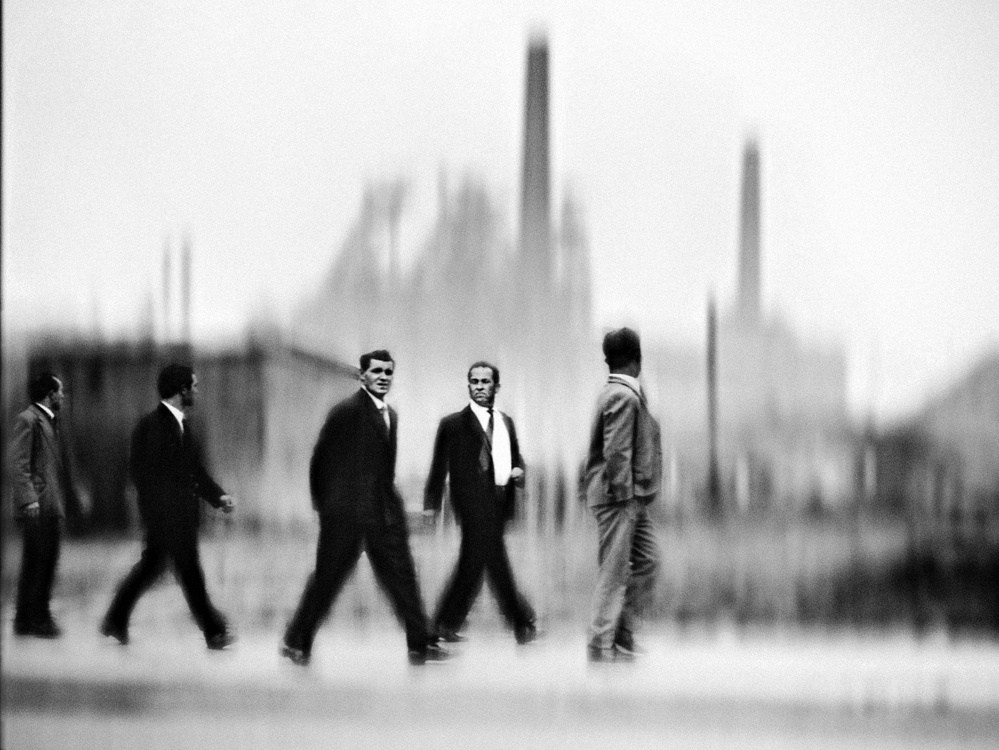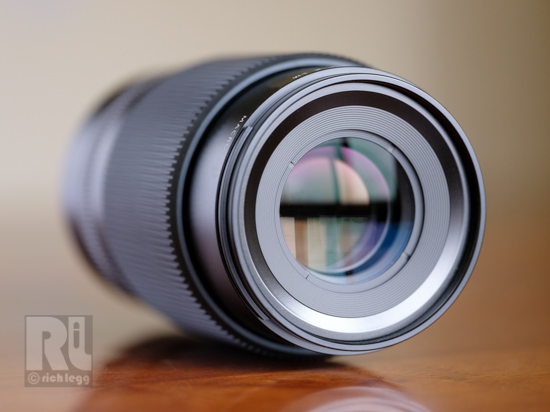Photographers

Astronomical
1x Blog-Photographers' .
. '
I have always been fascinated by the vast, infinite beauty of the universe, wondering what could possibly be bigger than the cosmos.
I decided that the best way for me to visually express deep space and planetary bodies was to create an oil and water abstraction. Never having attempted this method before, I spent a day online researching various oil and water techniques.
Culling ideas from multiple demonstrations, I used the following setup:
I placed a 9×13″ Pyrex glass baking dish on top of four clear 6″ tumblers turned upside down. This arrangement was laid out on the floor, enabling me to shoot straight down and move the subject around without a tripod. I was hoping to fill the entire frame with a strong composition that I would not need to crop. This proved to be a bit tricky, due to the ever-changing patterns (not to mention the embossed Pyrex logo smack in the middle of the dish).
I chose a black cotton scarf with small red and yellow flowers to create the colors of the universe. The black background was an important choice. I wanted to create the drama of dark, infinite space, and I hoped the colors in the flowers would resemble the planets with similar bright hues. I placed the scarf on the floor, directly under the elevated dish. The dish was then filled up halfway with water, and olive oil was poured in, little by little, to get the right combination. I wanted to get both large and small shapes for an interesting composition, and I was able to produce many different sizes of oil circles by swirling the mixture with my finger.
My setup was in the kitchen using indirect afternoon light from a skylight and two windows. Using a 100-watt incandescent bulb in a simple hardware store reflector, I directed the light onto the scarf. Bending directly over the floating orbs, I focused the camera by slightly moving it up and down. I took a dozen test shots in Manual mode at ISO 100 to keep noise to a minimum. The apertures I used ranged between f/2.8 to f/7.1. I used manual focus for control. It appeared that the last shot, although a test and a bit dark, had exactly the composition and structure I wanted, and no cropping was required.
My goal was to transport the viewer into the deepest regions of the universe using vivid colors, otherworldly forms and extreme lights and darks, imparting the feeling of endless space with seemingly astronomical proportions.
I placed a 9×13″ Pyrex glass baking dish on top of four clear 6″ tumblers turned upside down. This arrangement was laid out on the floor, enabling me to shoot straight down and move the subject around without a tripod. I was hoping to fill the entire frame with a strong composition that I would not need to crop. This proved to be a bit tricky, due to the ever-changing patterns (not to mention the embossed Pyrex logo smack in the middle of the dish).
"I wanted to get both large and small shapes for an interesting composition, and I was able to produce many different sizes of oil circles by swirling the mixture with my finger."
I chose a black cotton scarf with small red and yellow flowers to create the colors of the universe. The black background was an important choice. I wanted to create the drama of dark, infinite space, and I hoped the colors in the flowers would resemble the planets with similar bright hues. I placed the scarf on the floor, directly under the elevated dish. The dish was then filled up halfway with water, and olive oil was poured in, little by little, to get the right combination. I wanted to get both large and small shapes for an interesting composition, and I was able to produce many different sizes of oil circles by swirling the mixture with my finger.
My setup was in the kitchen using indirect afternoon light from a skylight and two windows. Using a 100-watt incandescent bulb in a simple hardware store reflector, I directed the light onto the scarf. Bending directly over the floating orbs, I focused the camera by slightly moving it up and down. I took a dozen test shots in Manual mode at ISO 100 to keep noise to a minimum. The apertures I used ranged between f/2.8 to f/7.1. I used manual focus for control. It appeared that the last shot, although a test and a bit dark, had exactly the composition and structure I wanted, and no cropping was required.
My goal was to transport the viewer into the deepest regions of the universe using vivid colors, otherworldly forms and extreme lights and darks, imparting the feeling of endless space with seemingly astronomical proportions.
POST PROCESSING
Feeling that this underexposed image had promise, I began to coax out my vision in Lightroom 3.
1) In the Basic panel, I made the following adjustments: Exposure slider +2.25 (brightened the image and corrected the underexposure). Fill Light slider +27 (called Shadow slider in Lightroom 4, lightened the darkest parts of the image without affecting the highlights). Contrast slider +47 (added visual impact). Clarity slider +31 (added contrast to the midtones, making the planets crisper). Vibrance slider +17 (increased the saturation of less colorful areas without affecting the already saturated areas).
2) In the Tone Curve panel: Highlights +39 (brought up the brightest parts of the image). Lights +10 (increased the brighter tones without affecting the highlights).
3) The Spot Removal tool was used with the Healing Brush to to clean up about two dozen small bubbles that were distracting. Occasionally, I moved the source/destination area for a better result.
4) The Adjustment Brush was used to darken a few areas of the cosmos. Additionally, with a new brush, I boosted the contrast and saturation to paint texture and topography onto some of the planets.
5) In the Detail panel: Sharpening Slider +50 (sharpened and improved the edges). Luminance Slider +20 (removed some unwanted noise).
1) In the Basic panel, I made the following adjustments: Exposure slider +2.25 (brightened the image and corrected the underexposure). Fill Light slider +27 (called Shadow slider in Lightroom 4, lightened the darkest parts of the image without affecting the highlights). Contrast slider +47 (added visual impact). Clarity slider +31 (added contrast to the midtones, making the planets crisper). Vibrance slider +17 (increased the saturation of less colorful areas without affecting the already saturated areas).
2) In the Tone Curve panel: Highlights +39 (brought up the brightest parts of the image). Lights +10 (increased the brighter tones without affecting the highlights).
3) The Spot Removal tool was used with the Healing Brush to to clean up about two dozen small bubbles that were distracting. Occasionally, I moved the source/destination area for a better result.
4) The Adjustment Brush was used to darken a few areas of the cosmos. Additionally, with a new brush, I boosted the contrast and saturation to paint texture and topography onto some of the planets.
5) In the Detail panel: Sharpening Slider +50 (sharpened and improved the edges). Luminance Slider +20 (removed some unwanted noise).
TIPS
1) Think outside the box to create the unexpected or a different point of view.
2) Research and plan your composition.
3) Visualize your desired outcome.
4) Shoot in RAW format, which gives the greatest dynamic range for post-processing.
5) See with your heart; shoot with your emotions. This energy will definitely come through in your work.
6) There is no single secret for transforming a photo into a remarkable image. The trick is getting a great shot in the first place, and then knowing the right post-processing adjustments to convey your feelings. The key is knowing what fine-tuning should be done to create a really outstanding final image. This takes practice and determination, experimentation and patience.
7) Follow your passion and keep on shooting!
2) Research and plan your composition.
3) Visualize your desired outcome.
4) Shoot in RAW format, which gives the greatest dynamic range for post-processing.
5) See with your heart; shoot with your emotions. This energy will definitely come through in your work.
6) There is no single secret for transforming a photo into a remarkable image. The trick is getting a great shot in the first place, and then knowing the right post-processing adjustments to convey your feelings. The key is knowing what fine-tuning should be done to create a really outstanding final image. This takes practice and determination, experimentation and patience.
7) Follow your passion and keep on shooting!
BIOGRAPHY
I am a serious amateur photographer living in upstate New York. Although most of my professional career was spent in television broadcast management, I found photography in 2011, and it has captivated my soul. Self-taught, I devour everything I can get my hands on to learn about photography and post-processing techniques through online tutorials, books and magazines. 1x has introduced me to the work of the finest contemporary photographers in the world, and I am inspired by the wealth of talent in this creative community.



